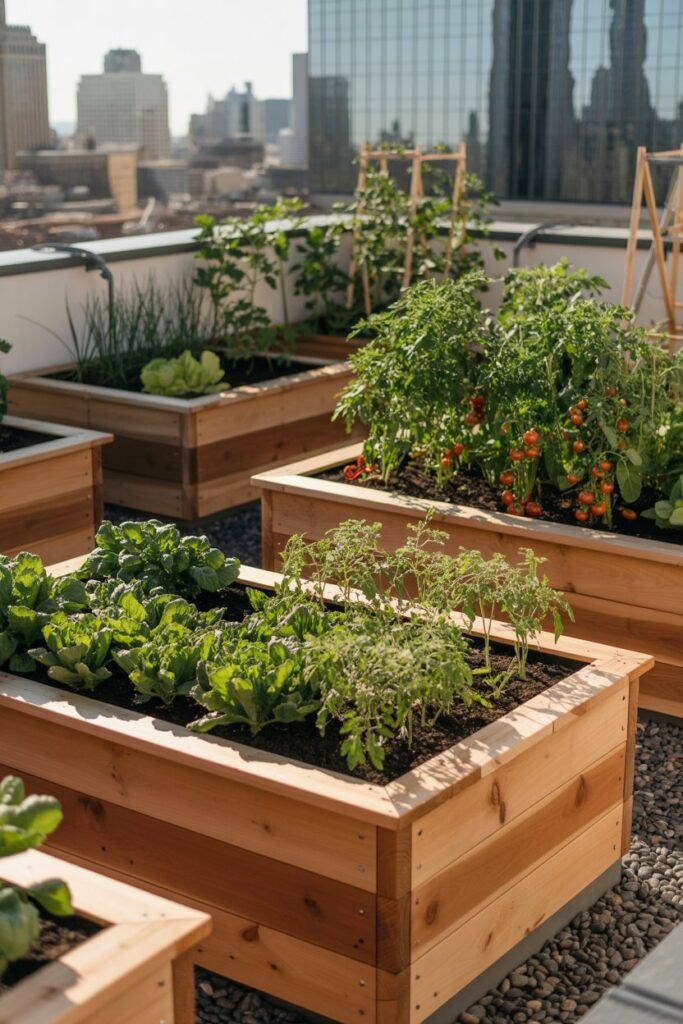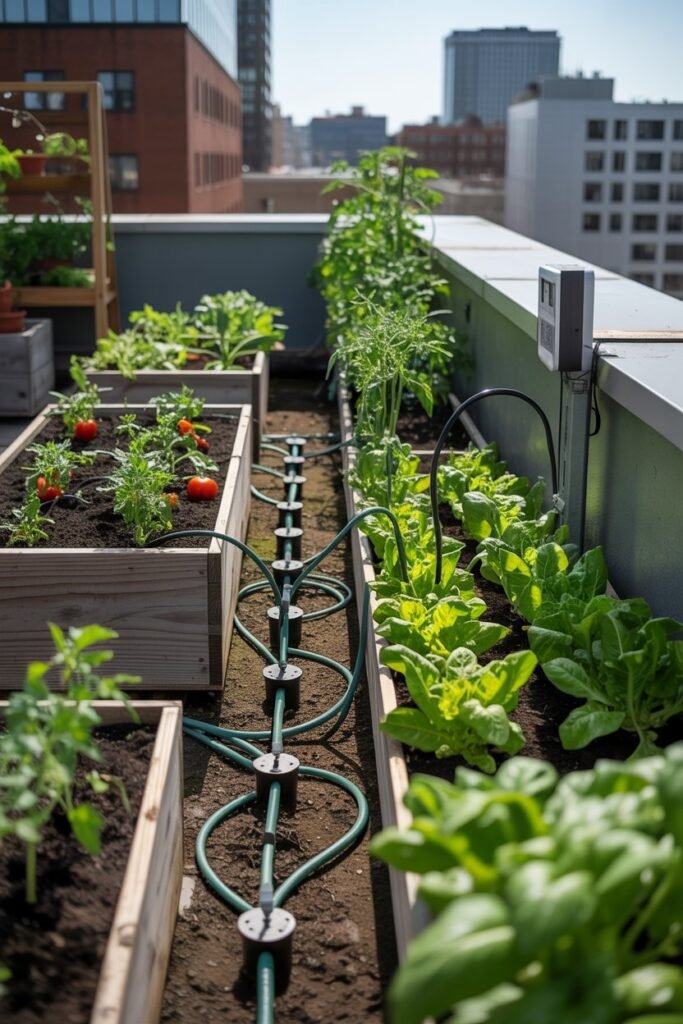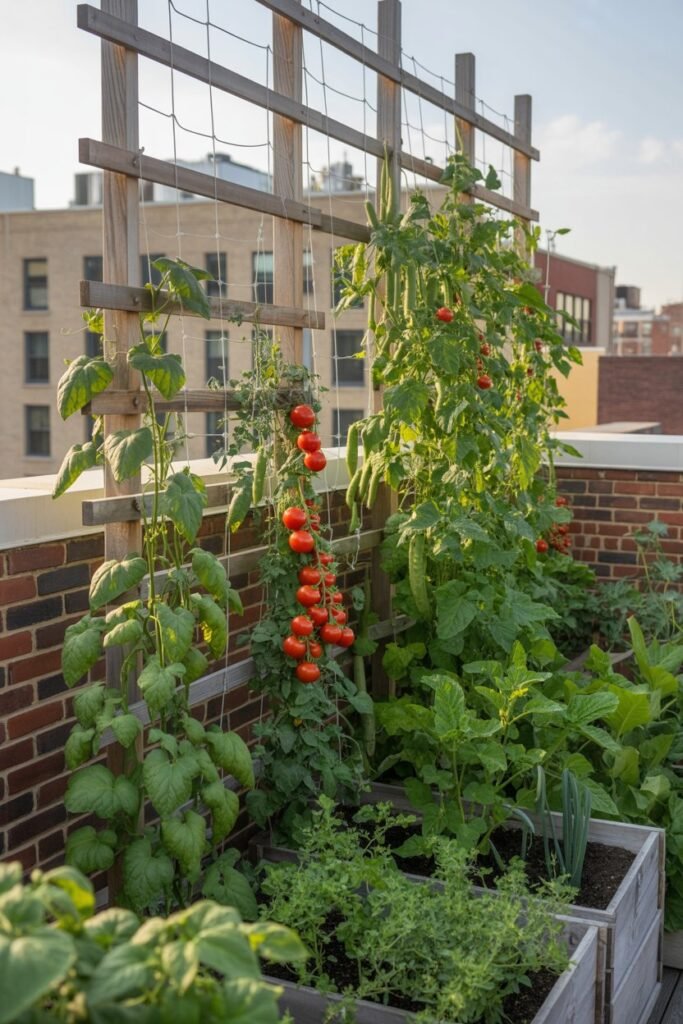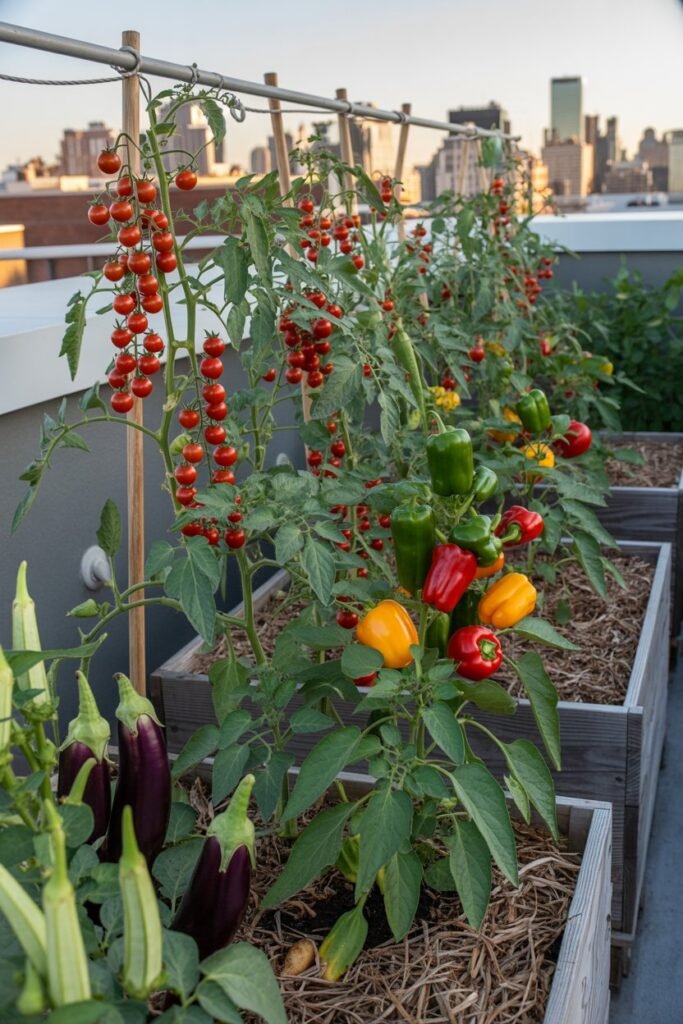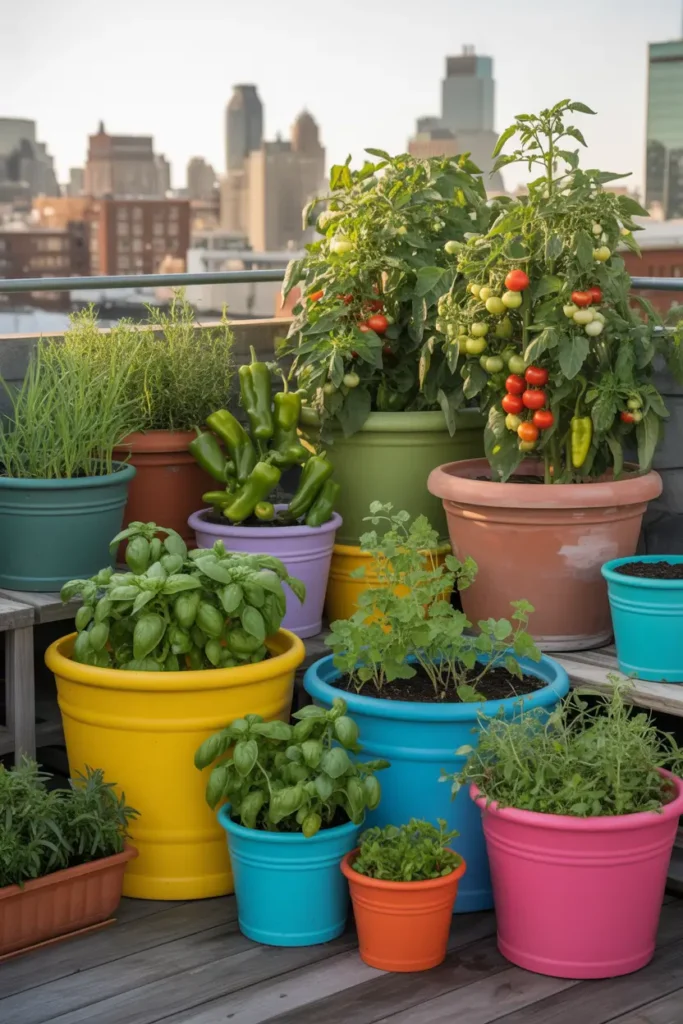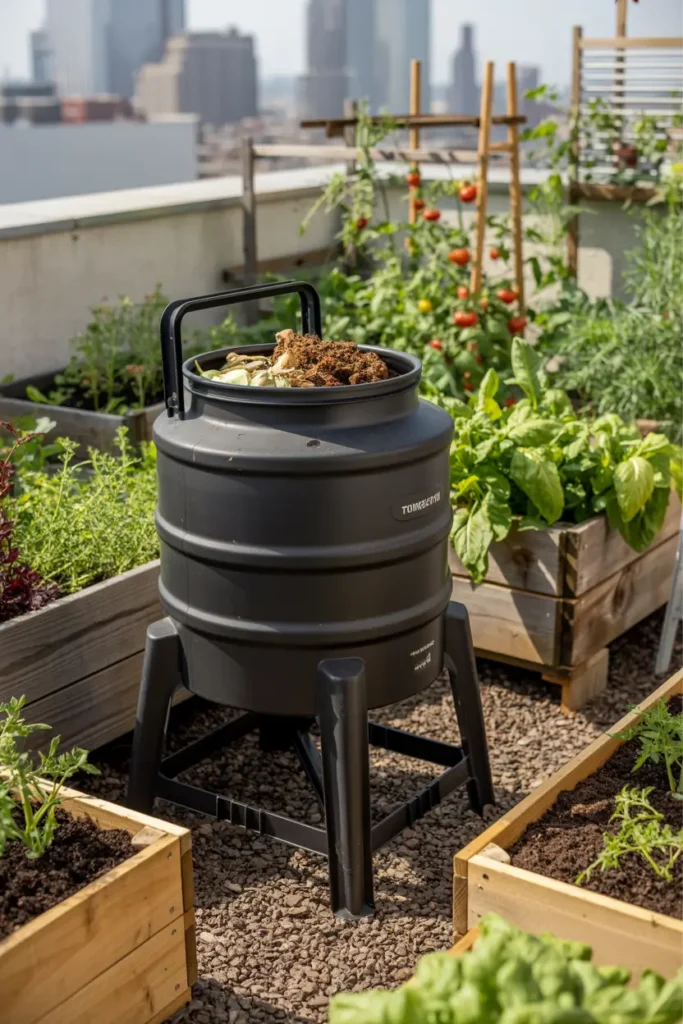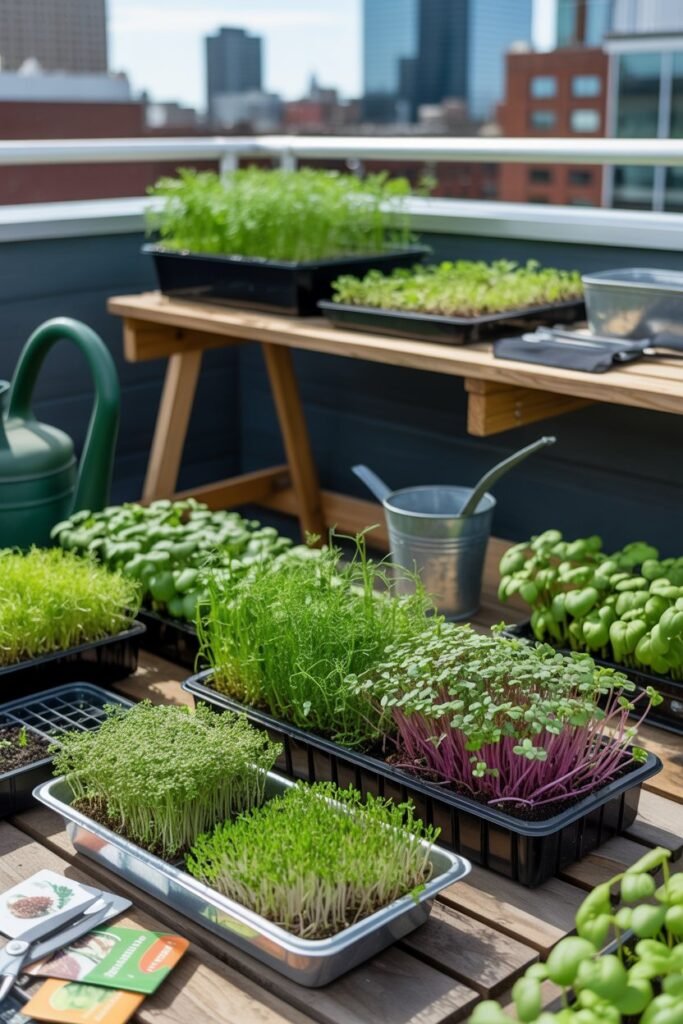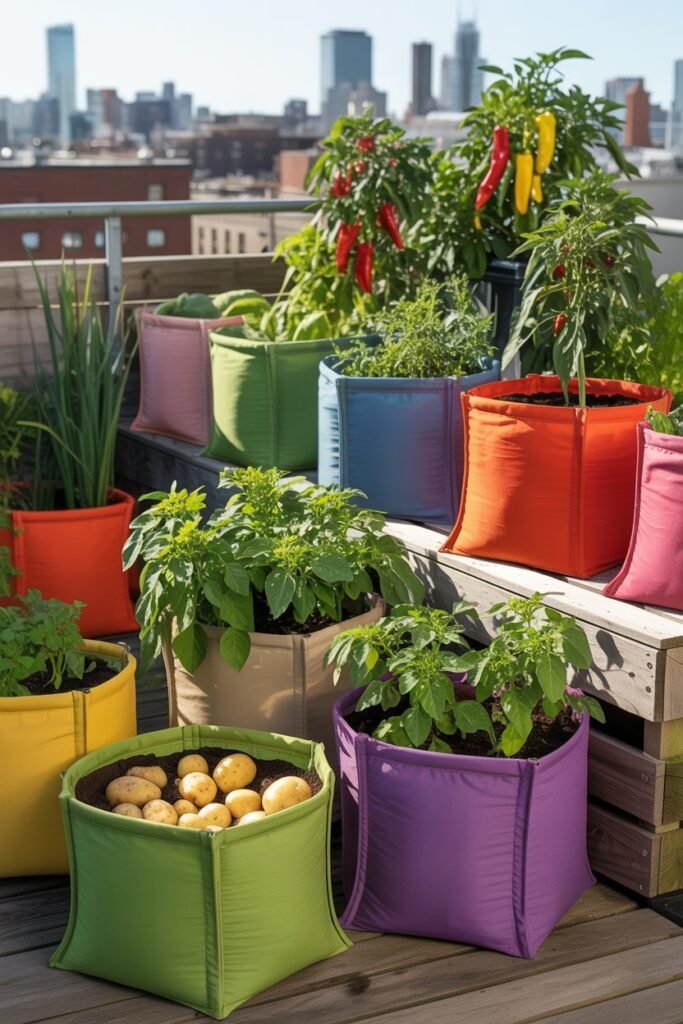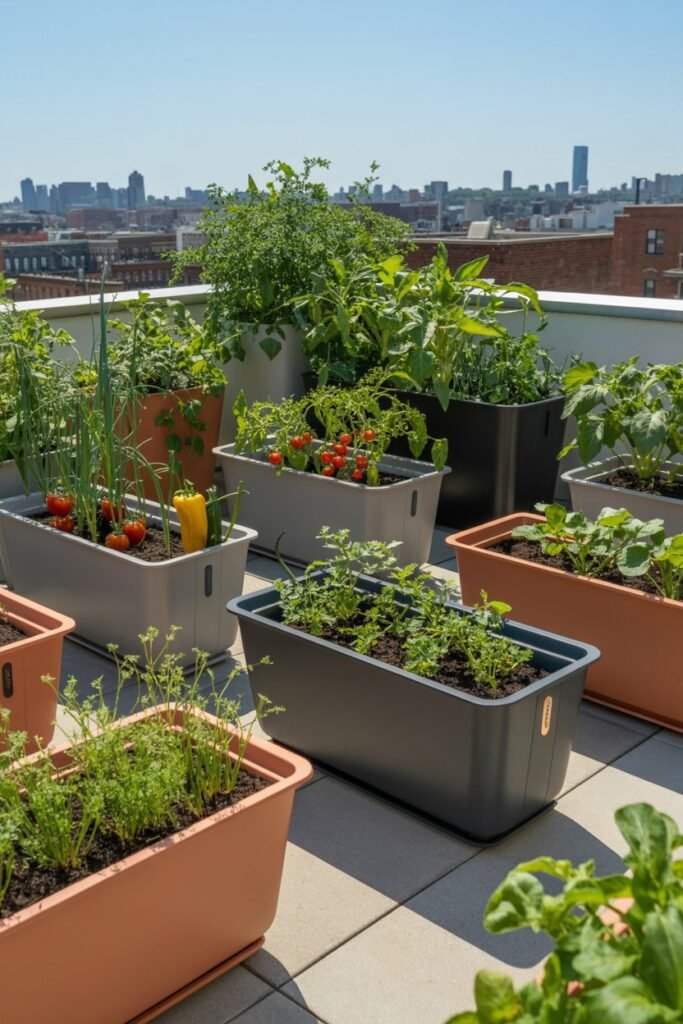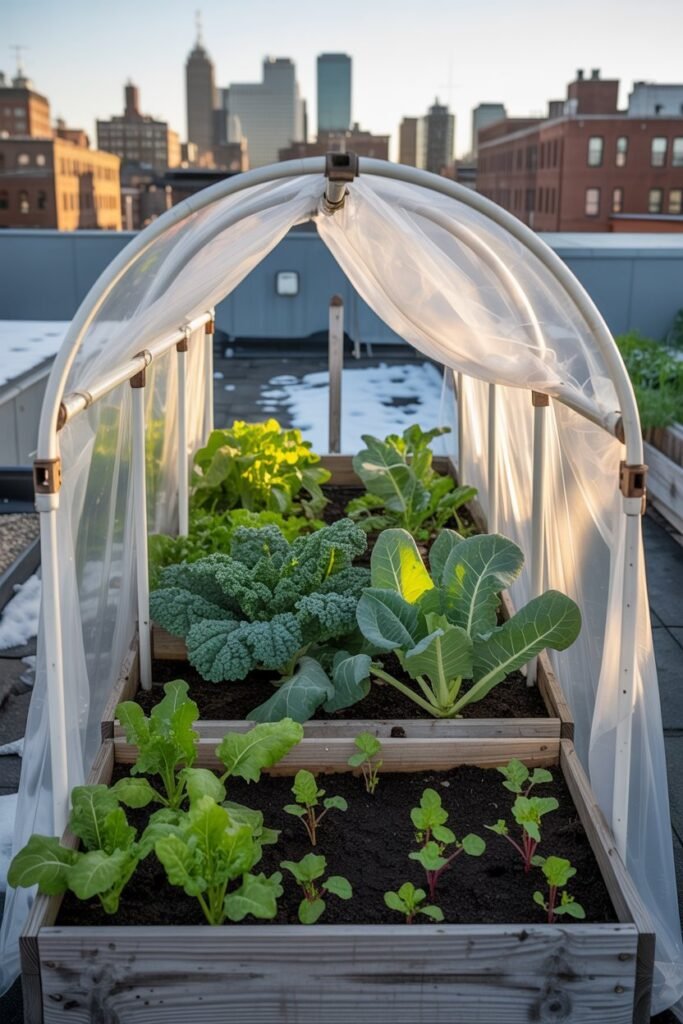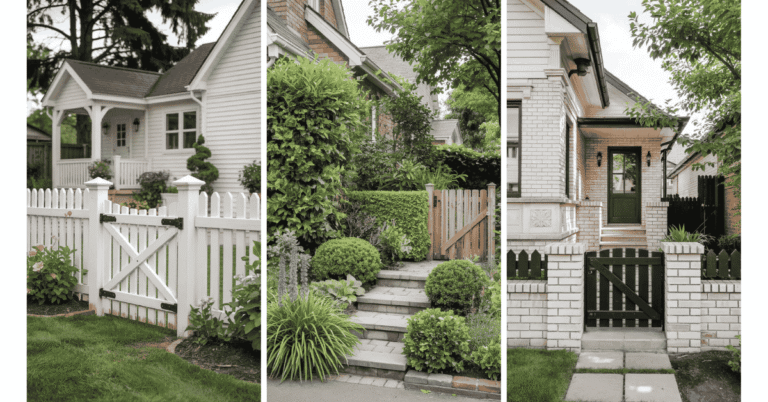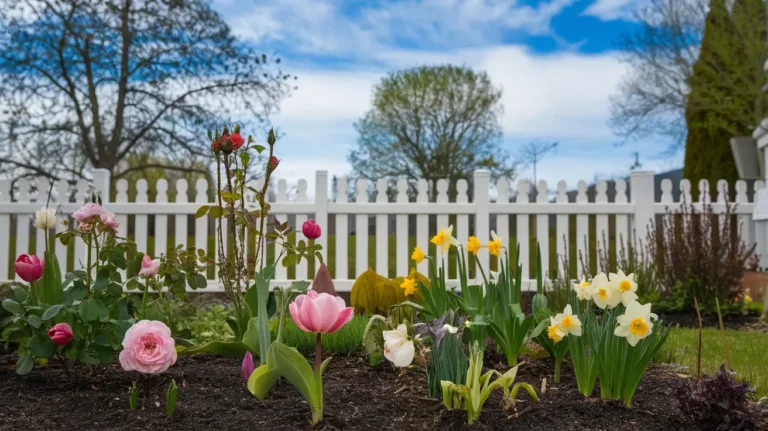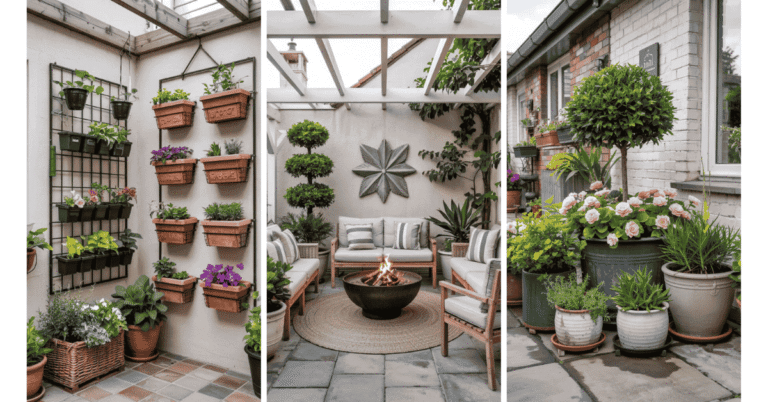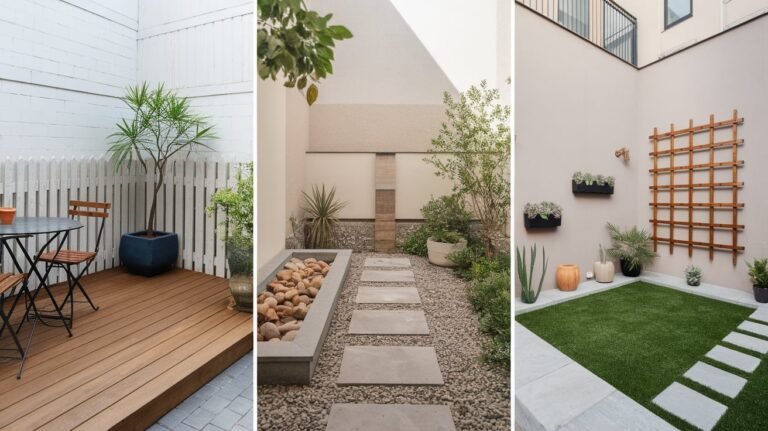15 Creative Rooftop Vegetable Garden Ideas to Maximize Your Space
When I moved into my apartment, I thought my gardening days were over. No backyard meant no vegetables, right? Wrong. I discovered the untapped potential of my rooftop, and it completely changed my perspective on urban gardening.
Rooftop vegetable gardens are a fantastic way to grow fresh produce, even in the heart of the city. They make use of unused space, provide insulation for your building, and give you access to homegrown veggies without needing a traditional yard.
In this list, I’ll share 15 creative ideas I’ve used to build a thriving rooftop vegetable garden that’s both productive and beautiful.
1. Start with Raised Beds for Easy Growing
I built raised beds as the foundation of my rooftop garden, and they’ve been a game-changer. These beds allow me to control the soil quality and drainage, which is crucial when you’re gardening on a roof.
Raised beds also reduce the strain on my back since I don’t have to bend down as far. I used cedar wood because it’s naturally rot-resistant, but you can also use galvanized metal for a modern look.
Just make sure to line the bottom with landscape fabric to prevent soil from washing out.
2. Use Lightweight Soil Mixes
Regular garden soil is too heavy for rooftops. I learned this the hard way when I first started. Now, I use a lightweight potting mix that combines peat moss, perlite, and compost.
This mix provides excellent drainage and is much easier on the roof structure. It’s also perfect for container gardening, which is what most rooftop gardens rely on.
Your plants will thrive, and you won’t have to worry about excess weight causing problems.
3. Install a Drip Irrigation System
Watering my rooftop garden used to take forever. Then I installed a simple drip irrigation system, and it saved me so much time. The system delivers water directly to the roots of each plant, which conserves water and keeps everything healthy.
I use a timer to automate the watering schedule, so my plants get consistent moisture even when I’m traveling. This setup is surprisingly affordable and easy to install, even for beginners.
4. Grow Vertical with Trellises and Supports
Space is limited on a rooftop, so I grow up instead of out. I installed trellises along one wall to support climbing vegetables like tomatoes, cucumbers, and pole beans.
This vertical approach maximizes my growing area without taking up precious floor space. It also improves air circulation around the plants, which helps prevent diseases. I’ve been amazed at how much I can harvest from just a few square feet.
5. Choose Heat-Tolerant Varieties
Rooftops get hot. Really hot. I quickly realized that not all vegetables can handle the intense sun and heat that my rooftop receives. Now, I plant heat-tolerant varieties like cherry tomatoes, peppers, eggplant, and okra.
These plants thrive in the warmth and produce abundantly throughout the summer. I also make sure to mulch around the base of each plant to help the soil retain moisture and keep the roots cool.
6. Create Shade with a Pergola or Shade Cloth
To protect my more delicate plants from scorching afternoon sun, I built a simple pergola over part of my garden. I draped shade cloth over it, which filters the light and creates a cooler microclimate.
This allows me to grow leafy greens like lettuce, spinach, and arugula even during the hottest months. The pergola also gives my rooftop garden a cozy, inviting feel, making it a pleasant place to spend time.
7. Use Containers of Different Sizes
I use a mix of container sizes to accommodate different types of vegetables. Large containers work best for deep-rooted plants like tomatoes and peppers, while shallow pots are perfect for herbs and salad greens.
This variety adds visual interest to my garden and allows me to fit more plants into the space. I also paint some of the containers in bright colors to add a fun, personalized touch to the rooftop.
8. Add a Composting System
I set up a small composting bin on my rooftop to recycle kitchen scraps and garden waste. It’s compact and doesn’t smell when managed properly, and it provides me with rich, homemade compost for my plants.
Composting on-site reduces the amount of waste I send to the landfill and gives me a steady supply of organic fertilizer. I use a tumbling composter, which speeds up the decomposition process and keeps everything neat.
9. Plant Herbs in Window Boxes
I attached window boxes to the railing around my rooftop, and I use them exclusively for herbs. Basil, thyme, rosemary, and parsley all grow beautifully in these compact spaces.
The herbs are easy to reach when I’m cooking, and they add a lovely fragrance to the garden. Window boxes are perfect for renters or anyone who wants to avoid drilling into surfaces, as they can be easily hung or clamped.
10. Grow Microgreens for Quick Harvests
When I want fresh greens fast, I turn to microgreens. I grow them in shallow trays, and they’re ready to harvest in just a week or two. They’re packed with nutrients and add a burst of flavor to salads and sandwiches.
Microgreens are incredibly easy to grow and don’t require much space. I keep a few trays in rotation so I always have fresh greens on hand. It’s one of the most rewarding parts of my rooftop garden.
11. Install Wind Barriers for Protection
Wind can be brutal on a rooftop. I installed mesh barriers along the edges of my garden to protect my plants from strong gusts. This simple addition has made a huge difference in plant health and productivity.
The barriers reduce wind stress and prevent soil from drying out too quickly. I used bamboo screening, which looks natural and blends well with the garden aesthetic. You can also use lattice panels or shade cloth.
12. Grow in Fabric Grow Bags
I’ve replaced many of my traditional pots with fabric grow bags, and I love them. These bags are lightweight, breathable, and promote healthier root growth through a process called air pruning.
They’re also easy to store when not in use, which is great for a rooftop garden where space is at a premium. I use them for everything from potatoes to peppers, and the results have been fantastic.
13. Incorporate Pollinator-Friendly Flowers
To boost vegetable production, I planted pollinator-friendly flowers like marigolds, zinnias, and nasturtiums throughout my garden. These flowers attract bees and butterflies, which help pollinate my vegetables.
The flowers also add color and beauty to the space, making it feel more like a garden and less like a rooftop farm. Plus, some of them, like nasturtiums, are edible and can be tossed into salads.
14. Use Self-Watering Containers
On particularly hot days, my plants can dry out quickly. Self-watering containers have been a lifesaver. They have a built-in reservoir that keeps the soil consistently moist without overwatering.
This feature is especially useful when I’m away for a few days. The plants can draw water as needed, which keeps them healthy and reduces the risk of wilting or root rot.
15. Build a Greenhouse for Year-Round Growing
To extend my growing season, I built a small hoop house using PVC pipes and clear plastic sheeting. This mini greenhouse protects my plants from frost and allows me to grow vegetables well into the fall and even winter.
It’s a simple structure that makes a big difference. I can start seedlings earlier in the spring and keep hardy greens like kale and chard producing long after the first frost. It’s transformed my rooftop into a four-season garden.
Conclusion
Rooftop vegetable gardening has completely changed the way I think about urban living.
With a little creativity and planning, you can turn an empty rooftop into a productive and beautiful garden that provides fresh vegetables all season long.
Start with one or two of these ideas, and watch your rooftop garden flourish.

